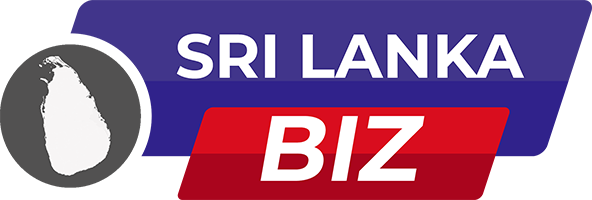Sri Lanka’s central government net debt decreased to 36.3 billion USD in 2023, down from 37.5 billion USD in 2022, despite borrowing 1.57 billion USD to finance the budget deficit, according to official data. The reduction in net debt occurred as the central bank did not print money to enforce policy rates, eliminating forex shortages and allowing debt repayment with rupee revenues. The government borrowed 1.52 billion USD mainly from the IMF, ADB, and World Bank while repaying maturing debt and building reserves. The central bank’s net international reserves improved significantly, moving from a negative 3.2 billion USD to a negative 404 million USD in 2023. In previous years, reserve losses were driven by money printing aimed at targeting 5% inflation and growth, disrupting monetary stability.
Sri Lanka’s Debt Journey from Independence to Present
When Sri Lanka ended its 30-year civil war in 2009, the country’s total net debt since independence stood at 11.2 billion USD, slightly lower than the 2008 currency crisis level. During the 2008 crisis, Sri Lanka sought loans from Libya, while in the 2000 currency crisis, it borrowed from Iran, with that debt still outstanding. Post-war, the government actively printed money to target growth or high inflation, leading to repeated currency crises within IMF programs, similar to current situations in Kenya and Bangladesh.
In the 2011 crisis, under an IMF program, net debt surged to 16.4 billion USD from 13.17 billion USD the previous year, despite only 1.92 billion USD being borrowed for the budget. Starting in 2015, the IMF introduced the concept of calculating potential output to Sri Lanka, adding another rationale alongside flexible inflation targeting for money printing, according to analysts.
By the end of 2014, following deflationary policies in 2013 and the first three quarters of 2014, net debt had decreased to 17.2 billion USD, despite the country borrowing 958 million USD and 1.6 billion USD to finance deficits in the preceding two years.
Aggressive Flexible Policy and Repeated Stabilization: Sri Lanka’s Economic Journey
By the end of 2016, Sri Lanka’s net debt had surged to 22.4 billion USD as flexible inflation targeting was implemented, coinciding with an increase in the budget deficit due to the 100-day program and a recovery in private credit, under the assumption that inflation was low.
A subsequent stabilization program in 2017 slowed growth but successfully reduced debt.
However, in 2018, net debt rose again as money was printed and excess liquidity was created to target flexible inflation and potential output, including swapping Treasury reserves for domestic currency. Analysts noted that 2018 was significant because taxes were increased to reduce the budget deficit and fuel market prices, yet money continued to be printed for flexible inflation targeting and potential output targeting, within an IMF program.
This policy approach led to unpopularity for the administration at the time due to currency depreciation, higher food and energy prices. Additionally, a law was enacted to borrow dollars in excess of the budget, which tends to lower interest rates.
CPC Borrowings and Sri Lanka’s Economic Turbulence
Similar to the central government’s borrowing strategy to address forex shortages, the Ceylon Petroleum Corporation (CPC) borrowed through suppliers’ credit, which were later converted into loans from state banks, resulting in significant losses despite market pricing oil. During the 2000 currency crisis, the CPC borrowed from Iran, and this debt remains outstanding.
In 2018, import controls were implemented, likened to Nixon’s shock, as the IMF-backed operational framework rendered free trade unfeasible. Stabilization policies in 2019 further discredited the administration’s economic framework.
The new administration adopted an even more aggressive monetary policy, targeting potential output by cutting rates, reserve ratios, and taxes, leading to a rapid increase in net debt. With lost market access, Sri Lanka borrowed from China and petroleum suppliers to cover forex shortages. In 2022, India provided loans to the government and central bank amid severe forex shortages, triggering social unrest.
CPC borrowings, reduced in 2017 and 2019 due to better rates, were later assumed by the central government. In 2022 and 2023, interest arrears accumulated.
Analysts caution that if rates are cut based on inflation (or real interest rates) without considering external monetary stability and debt repayment needs, crises will recur, as seen in other IMF programs. In Kenya, riots erupted during the 7th review of an IMF program as policy rates were sharply increased to prevent a currency crisis, following a flexible inflation targeting regime of 5+/- 2.5 percent, violating the impossible trinity.
EN’s economic columnist Bellwether suggests that the failures of IMF programs stem from a monetary policy consultation clause that disconnects the program from the balance of payments, unlike more successful programs with a foreign reserve target and a clean float.
Sri Lanka’s program includes a ceiling on domestic assets to limit the central bank’s ability to create forex shortages and social unrest through rate cuts enforced with liquidity tools. However, as a UK analyst warned in 1950 after reviewing John Exter’s proposed safeguards in the first central bank law, as long as open market operations are permitted, it is impossible to prevent a reserve-collecting central bank from money printing or causing currency instability.

